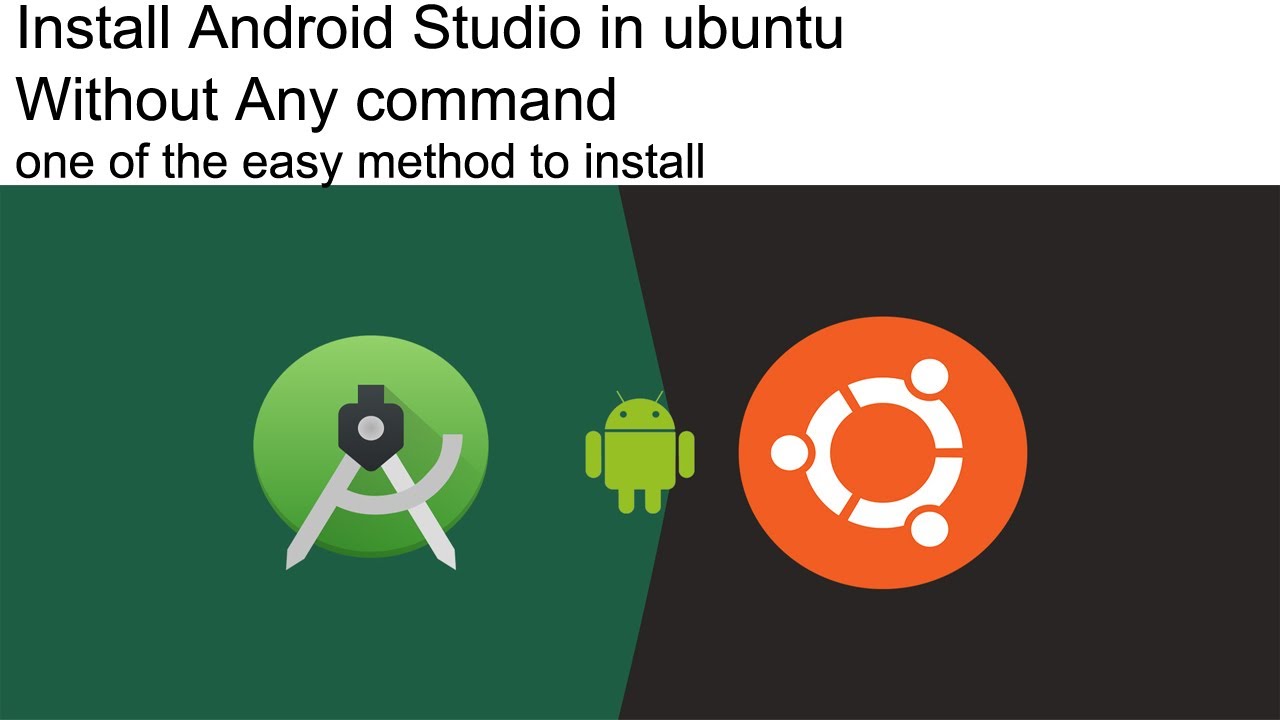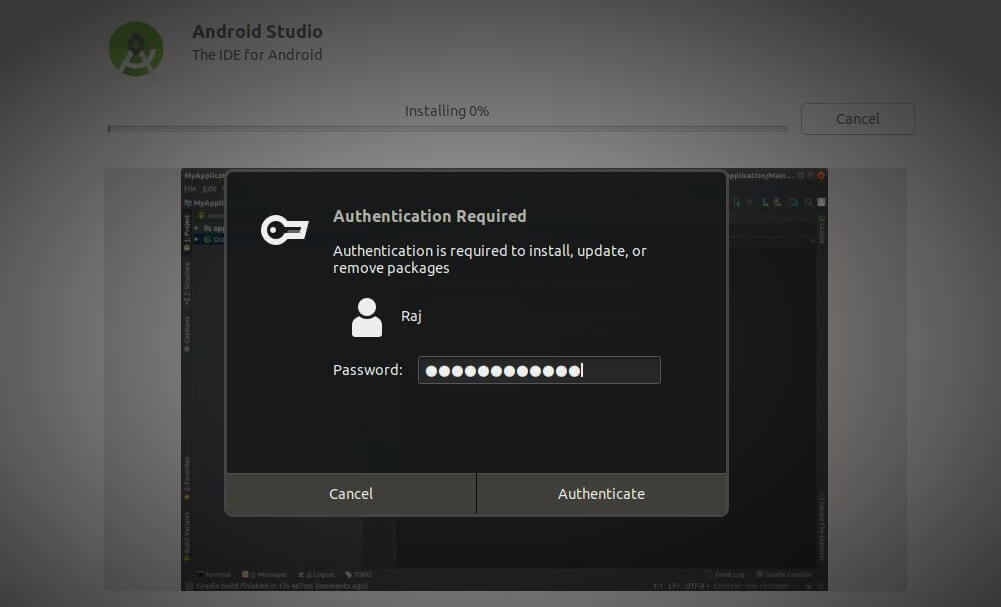



You will find all the stable versions of Ubuntu Touch that are available to be installed inside your Android device. Step 2: Getting Ready to Install the Ubuntu TouchĪfter getting your Android phone connected with the UBports, now you can select which Ubuntu version you want to install inside your device. Also, rooting with the wrong image file can brick your Android, so root your phone at your own risk with proper knowledge. You may lose the warranty support of your Android by rooting the device. Be careful and mindful while you root your Android device. In that case, you need to root your Android device to get the root privileges. Some Android devices might ask for the root permission to initialize the flashing process. If it can’t find your device, you can manually select the name and model of your Android device from the UBports dropdown menu. Once you have connected the USB cable, the UBports would automatically recognize your device. If your device can’t get connected with the UBports, you may need to enable the Android developer option under the Settings > Developer options. You have to enable the USB developer mood from your android device, then connect the phone with your computer through the USB cable. The UBports installer will be used for flashing the Android devices with Ubuntu Touch. There is an installer file developed by the UBports community is available on GitHub, that can be installed on your Ubuntu desktop or Windows or, even Macbook devices. Step 1: Download the UBports Installer to Grab the Ubuntu Touch In this post, we are going to see how to install the Ubuntu Touch OS on Android devices and use it as a dual boot alongside the Android operating system.

You can check whether your Android smart device is listed or not. There is a list available on the UBports official website, they have enlisted all the Android devices that are capable of installing the Ubuntu Touch OS. So, it won’t be though to install the Ubuntu Touch on the mid to high range Android devices. We all know that Android devices are originally build based on the Linux Kernel.


 0 kommentar(er)
0 kommentar(er)
